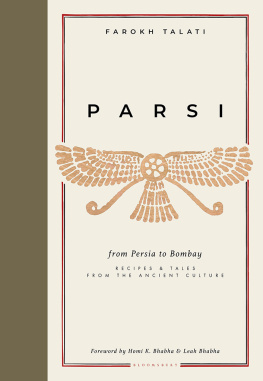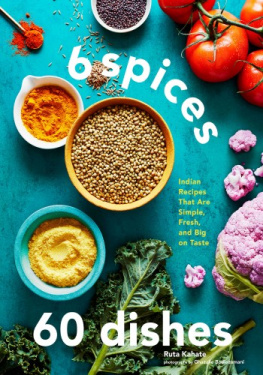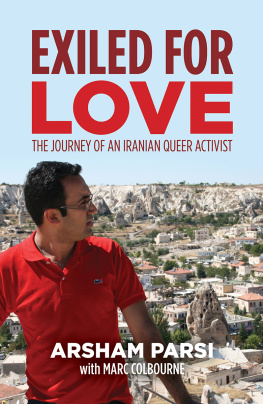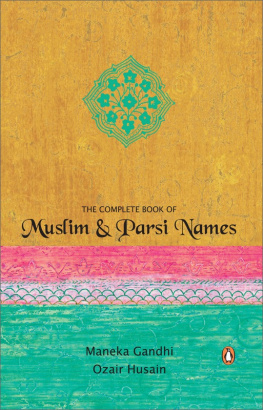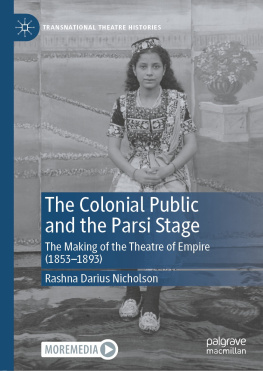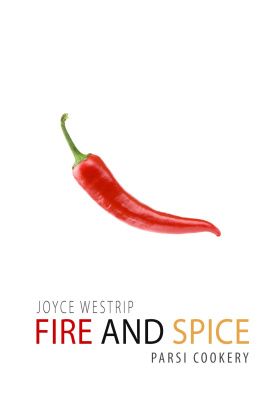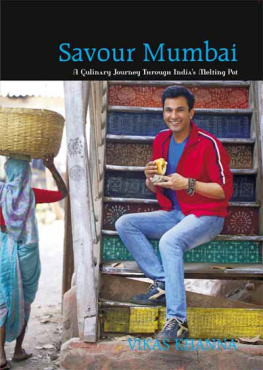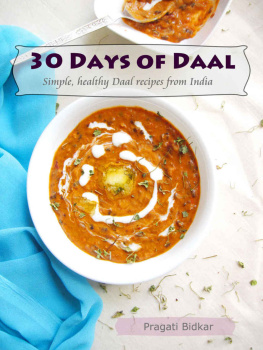Farokh Talati - Parsi: From Persia to Bombay: Recipes & Tales from the Ancient Culture
Here you can read online Farokh Talati - Parsi: From Persia to Bombay: Recipes & Tales from the Ancient Culture full text of the book (entire story) in english for free. Download pdf and epub, get meaning, cover and reviews about this ebook. City: London, year: 2022, publisher: Bloomsbury Absolute, genre: Home and family. Description of the work, (preface) as well as reviews are available. Best literature library LitArk.com created for fans of good reading and offers a wide selection of genres:
Romance novel
Science fiction
Adventure
Detective
Science
History
Home and family
Prose
Art
Politics
Computer
Non-fiction
Religion
Business
Children
Humor
Choose a favorite category and find really read worthwhile books. Enjoy immersion in the world of imagination, feel the emotions of the characters or learn something new for yourself, make an fascinating discovery.
- Book:Parsi: From Persia to Bombay: Recipes & Tales from the Ancient Culture
- Author:
- Publisher:Bloomsbury Absolute
- Genre:
- Year:2022
- City:London
- Rating:4 / 5
- Favourites:Add to favourites
- Your mark:
Parsi: From Persia to Bombay: Recipes & Tales from the Ancient Culture: summary, description and annotation
We offer to read an annotation, description, summary or preface (depends on what the author of the book "Parsi: From Persia to Bombay: Recipes & Tales from the Ancient Culture" wrote himself). If you haven't found the necessary information about the book — write in the comments, we will try to find it.
In more than 150 recipes, a journey into the world of Parsi culture through food, feasts, and family favorites-featuring original four-color photography and a foreword by Parsi scholar Homi Bhabha.
Jamva Chalo Ji, a simple yet celebratory phrase in Parsi-Gujarati, translates literally as Come, lets eat!-though it doesnt take much cajoling to gather a crowd around a Parsi table. Laden with lamb stews, quails stuffed with biryani, salads of fennel and peas, and semolina pudding, each spread is rich with the sumptuous Persian and Indian flavors of cardamom and masala, coconut and mango-and in Parsi, chef Farokh Talati invites home chefs to join the feast in the first major cookbook of its kind.
Featuring step-by-step photographs that teach the best way to crack a coconut at home, press homemade paneer from scratch, and preserve the most piquant pickled vegetables possible, Parsi is a guide not only to a unique cuisine but also a culture and family story preserved in its flavors. With recipes for staple chutneys and spice pastes traditionally ground by hand, soothing baked eggs and savory masala oats shared in the morning, platters of lamb-herb kebabs and cucumber-pomegranate salads shared at night, and rich raspberry wafer ice cream sandwiches and mango buttermilk pudding that pay homage to the sweet tooth of Talatis youth, Parsi is rich with the flavor of a culinary tradition well worth relishing.
Combining Talatis decades of experience as a professional chef in Londons restaurant scene with recipes passed down from the home kitchens and dining tables of his ancestors, Parsi celebrates both festive dishes and everyday meals with a ringing Jamva Chalo Ji. Come, lets eat.
Farokh Talati: author's other books
Who wrote Parsi: From Persia to Bombay: Recipes & Tales from the Ancient Culture? Find out the surname, the name of the author of the book and a list of all author's works by series.

